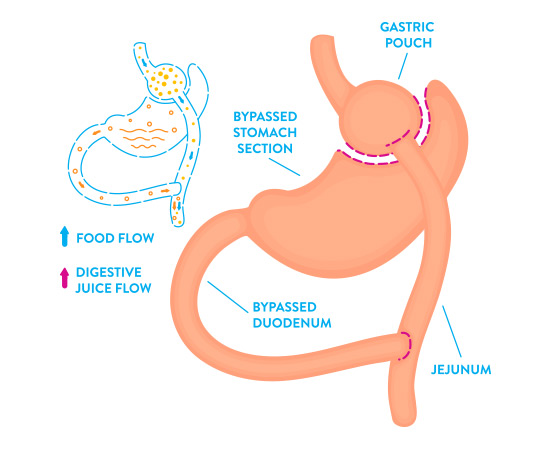Types of Weight Loss Surgery

Weight loss surgery, also known as bariatric surgery, includes various procedures designed to help individuals with obesity lose weight by altering the digestive system. The most suitable type depends on factors like BMI, health conditions, lifestyle, and doctor recommendation. Here are the most common types of weight loss surgeries:
1. Gastric Bypass (Roux-en-Y Gastric Bypass)
One of the most widely performed and effective surgeries, gastric bypass involves creating a small stomach pouch and rerouting the small intestine. This restricts food intake and reduces nutrient absorption.
Benefits:
Significant and long-term weight loss
Improvement or resolution of type 2 diabetes
Reduces hunger and increases fullness
2. Sleeve Gastrectomy (Gastric Sleeve)
This procedure involves removing about 80% of the stomach, leaving a banana-shaped sleeve. It restricts the amount of food you can eat and affects hormones related to hunger.
Benefits:
Simple procedure with fewer complications
Rapid and effective weight loss
No intestinal bypass
3. Adjustable Gastric Band (Lap-Band)
A silicone band is placed around the upper part of the stomach to create a small pouch. The band can be adjusted over time to change the size of the opening.
Benefits:
Adjustable and reversible
Least invasive surgery
Shorter recovery time
4. Biliopancreatic Diversion with Duodenal Switch (BPD/DS)
This complex surgery involves removing a portion of the stomach and rerouting the intestines, significantly limiting both food intake and nutrient absorption.
Benefits:
Most effective for weight loss and diabetes resolution
Suitable for patients with very high BMI
Long-lasting results
5. Intragastric Balloon (Non-Surgical)
A deflated balloon is inserted into the stomach via endoscopy and then filled with saline. It helps you feel full with smaller meals.
Benefits:
Non-surgical, outpatient procedure
Temporary and removable
Ideal for those not eligible for surgery


